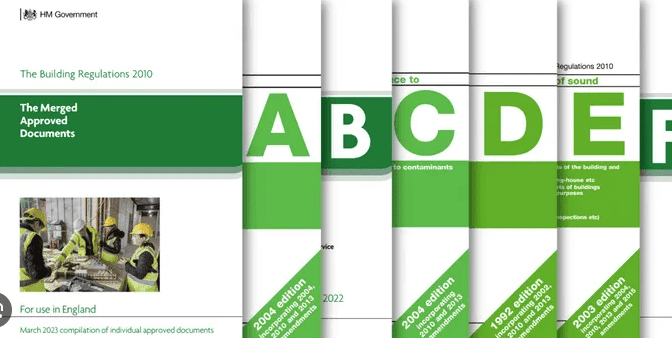The New Horizon: Building Safety Act's Impact on Design Professionals
The Building Safety Act 2022 ushered in a new era of regulatory scrutiny and responsibility, fundamentally altering the duties of design professionals within the UK construction industry. For architects and structural engineers, especially those working on HRBs, their roles and the level of accountability they hold have been significantly expanded.
Evolving Responsibilities for Architects and Structural Engineers:
Architects and structural engineers now have to navigate a more rigorous building control process, particularly when working on HRBs – typically residential buildings, care homes, or hospitals over 18m in height or with 7 or more storeys. These professionals are designated as ‘duty holders’, and with this designation come responsibilities that align with those set out in the CDM regulations.
For smaller residential projects, the implications are also notable. If a domestic client does not appoint a separate Principal Designer in writing when required, the responsibility defaults to the designer in control of the design phase of the project, which could be the architect or structural engineer. This automatic appointment aligns with the position under CDM regulations, meaning design professionals may now find themselves with new roles that extend beyond traditional boundaries.
Varied Impacts Based on Project Scale:
For HRBs, the Act introduces a new Building Control approval process and requires the creation of a ‘Golden Thread’ of safety information, demanding thorough digital record-keeping and stringent risk management. However, the same principles do not directly translate to smaller residential projects, although the ethos of increased safety and accountability remains a guiding force.
Duty Holders Defined:
The Act has established clear ‘duty holder’ roles, encompassing clients, principal designers, designers, principal contractors, and contractors. Each role carries specific obligations, with a primary goal to ensure building work complies with the updated building regulations. For instance, designers, which includes architects and engineers, must not commence their work unless satisfied that the client is aware of their new duties.
Impact on Project Delivery and Compliance:
Architects and structural engineers must also ensure that their designs, if constructed, would comply with Building Regulations. This implies additional duties regarding site quality and may include specifying contractor quality assurance checks. Further, there is a requirement for these professionals to demonstrate competence, which is expected to be proven through membership in recognised institutions or trade bodies.
Conclusion:
The Building Safety Act represents a significant change, especially for the roles of architects and structural engineers. By increasing the responsibilities and accountability of duty holders, the UK aims to enhance the safety and quality of buildings. This new regulatory landscape demands that professionals in the construction industry adapt their practices, ensuring they remain compliant while continuing to deliver high-quality and safe buildings.
As design professionals adapt to this new regulatory landscape, ongoing education and compliance will be essential. The detailed requirements of the Act are available through resources provided by RIBA and the Institution of Structural Engineers, which offer comprehensive guides and courses to help professionals understand and navigate their expanded roles under the new Building Safety Act.

